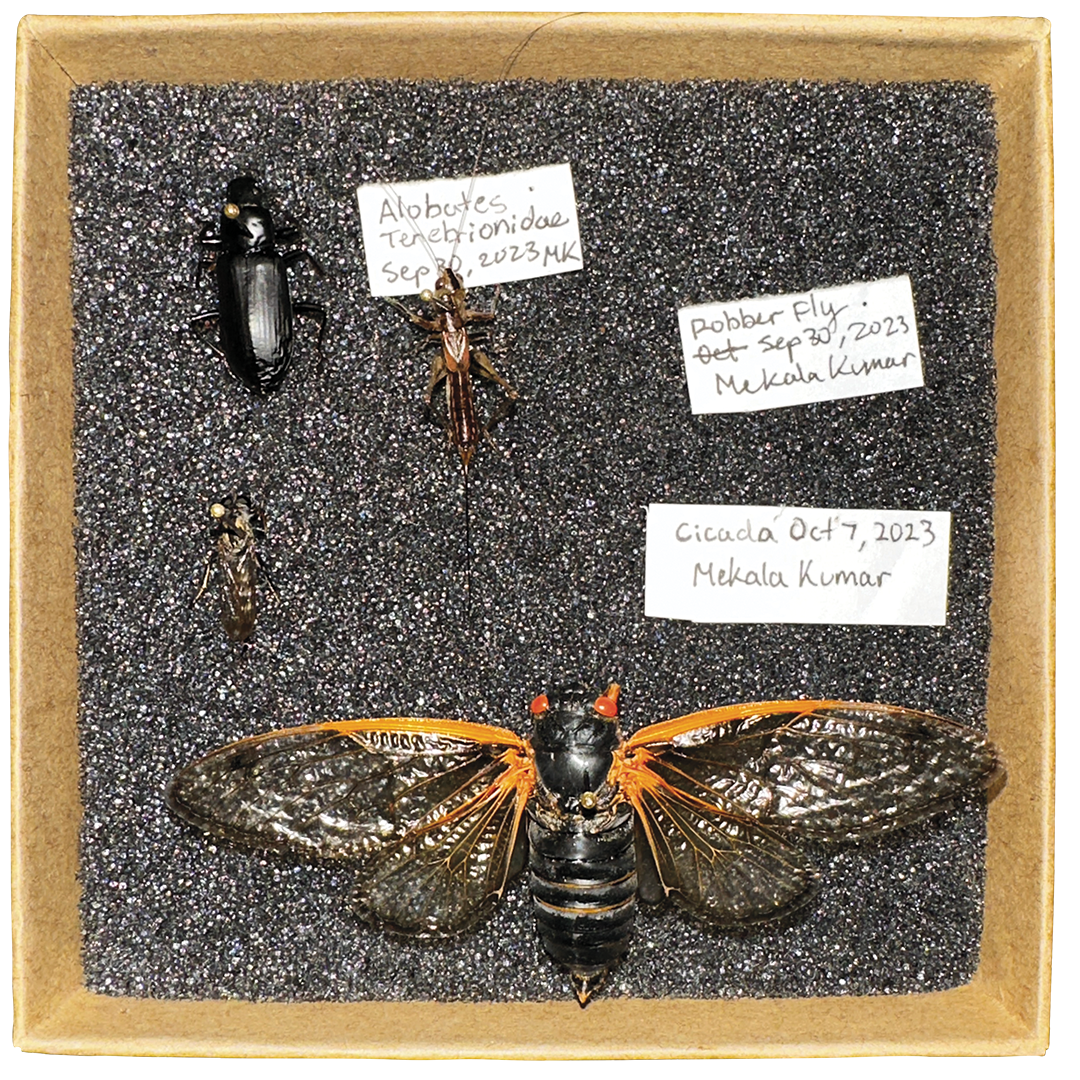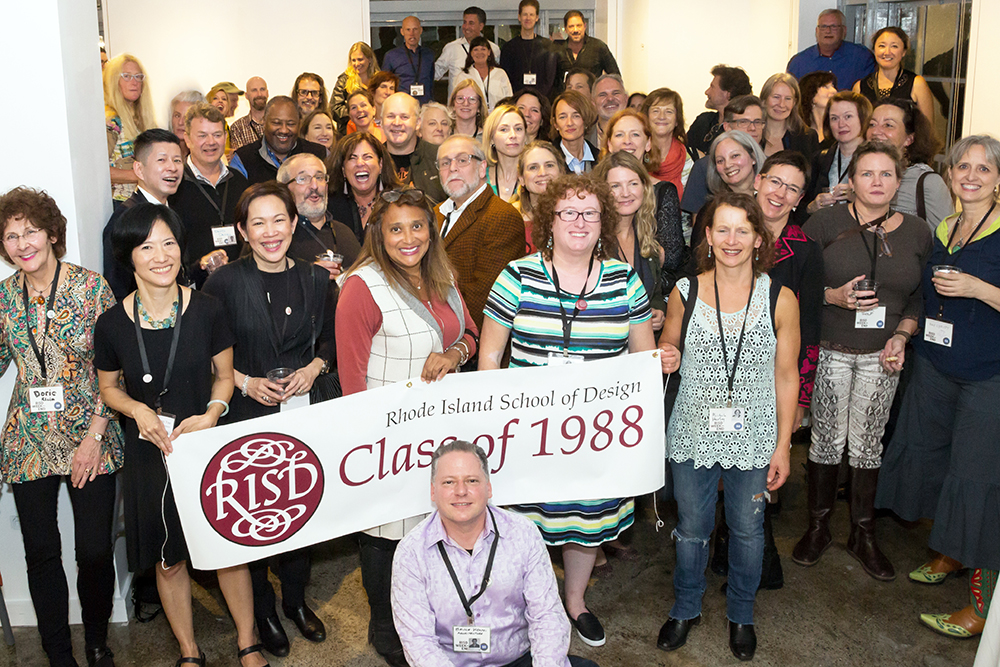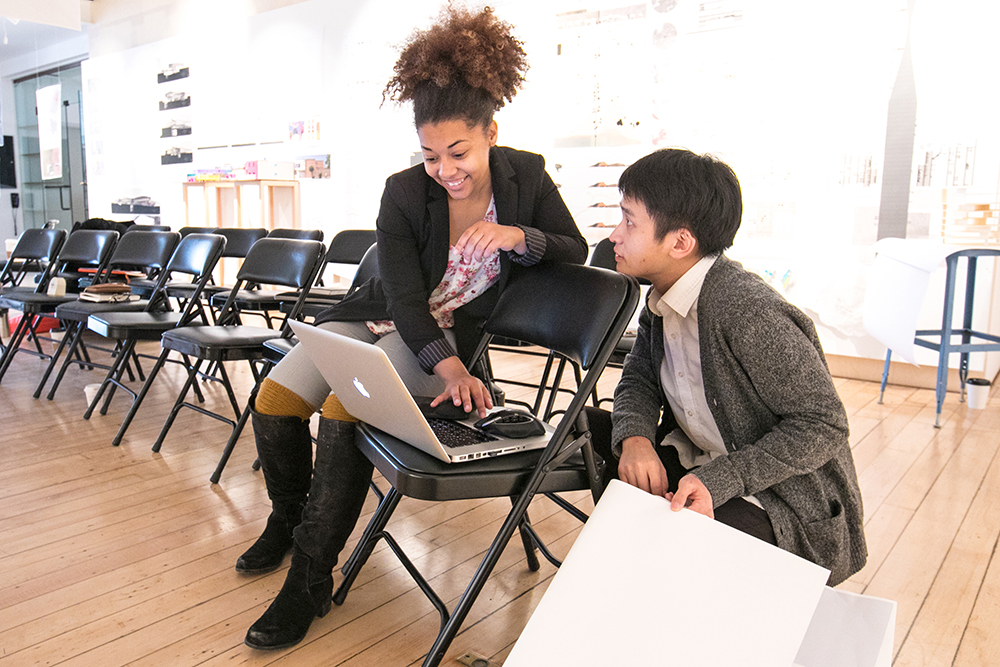
Stuff It
The Taxidermy Club connects students to the natural world.
As a freshman, Wendy Tang 26 ID was bewildered to learn that the Nature Lab, acclaimed for housing over 100,000 specimens, including taxidermy and bones, didn’t offer classes on the art of preserving and stuffing animals. But the lab hasn’t been able to find a person who is both licensed and permitted to teach taxidermy. So Tang decided to take matters into her own hands.
She started a club and papered the campus with flyers. It wasn’t long before two like-minded souls, Sebastian Bateman 25 PR and Flora Damon 24 FD, reached out. And now, one year later, the Taxidermy Club meets every Saturday for two hours in the BioDesign Makerspace and boasts around 30 to 40 members, including students from Brown University.
The three founders, at first glance, don’t appear to have much in common. Tang was born in China. She’s been to taxidermy school and feels like she was born to do it. “That might sound creepy to other people, but I love old things. Taxidermy brings me closer to history,” she says.
Bateman was born in the Bay Area of California, slightly north of Silicon Valley. Ironically, his interest in taxidermy stems from his interest in digital culture. “Digital culture causes me to be disconnected from the physical, natural world. Whenever I encounter a taxidermy specimen it’s a powerful experience—it’s a confrontation with death,” he says.
Damon was born in Oahu, Hawaii. She grew up in a hunting culture, where holiday meals consisted of the meat her family caught. She was taught how to strip animals and preserve their pelts and skins. “I learned to appreciate and value life. We used every part of the animal possible that we killed, and we didn’t take more than we needed,” she says. She now does a lot of traditional Hawaiian feather work, and ethical foraging is a personal hobby.
Each member brings their particular expertise to the club. Bateman knows about wet preservation, and Tang is skilled at mounting, making the molds and stretching skin. Damon likes to teach people “the values of knowing the life of the animal,” she says. “I teach about going into nature, sketching, making dioramas and knowing about the animal’s behavior.”
The meetings, much like the art of taxidermy itself, range from genial to gory. Some Saturdays the founders give lectures and host speakers, such as when Brown philosophy graduate student Patrick McKee spoke and asked the club, “Can you harm a dead animal?”
Other days they host workshops, such as wilderness walks where the members sketch and build scenery sets where their taxidermied creature will live out forever. Or they collect insects for a hands-on, bug-pinning workshop led by Ben Gagliardi, Nature Lab biologist & collections manager. Some days they get out and have some fun, like when they took a field trip to see the Body Worlds exhibit in Boston and observed humans and animals displayed without skin in order to learn about the structure of the mus-culature and nervous system.
As one can imagine, some meetings are more well attended than others. “We have a couple of members who come consistently, but there are all different skill levels and stomach abilities. Not all of the activities are PG. You need a little bit more of a stomach for the really grody stuff, and some people don’t have the right frame of mind for it,” says Damon. Although members can pick and choose what level of gore to embrace, there is one caveat—everyone must learn the entirety of the topic at hand and attend the lecture, training and workshop. No one is allowed to go from zero to skin stretching.
But the real R-rated stuff will come later, once the club has figured out the facilities for storage. And also once the members have been taught skeletal articulation and how to skin and pelt.
The emphasis on ethics is a cornerstone of the club. All three of the founders are committed to taxidermy as an art form and educational tool, and vehemently reject the idea of animals as trophies, a literal brag on a wall.
“We want to focus on the animal’s behaviors and why it’s important to taxidermy a particular species and preserve it,” explains Damon. “Most people only associate taxidermy with creepy animals staring at you in a museum. We want people to learn more about it and be able to look really closely at a species they’re unfamiliar with. It’s a wonderful craft when done ethically and correctly.”

Header image: Students working in the Nature Lab Photo by Matthew Clowney.
Words by Abby Bielagus. Inset photo by Mekala Kumar 27.



